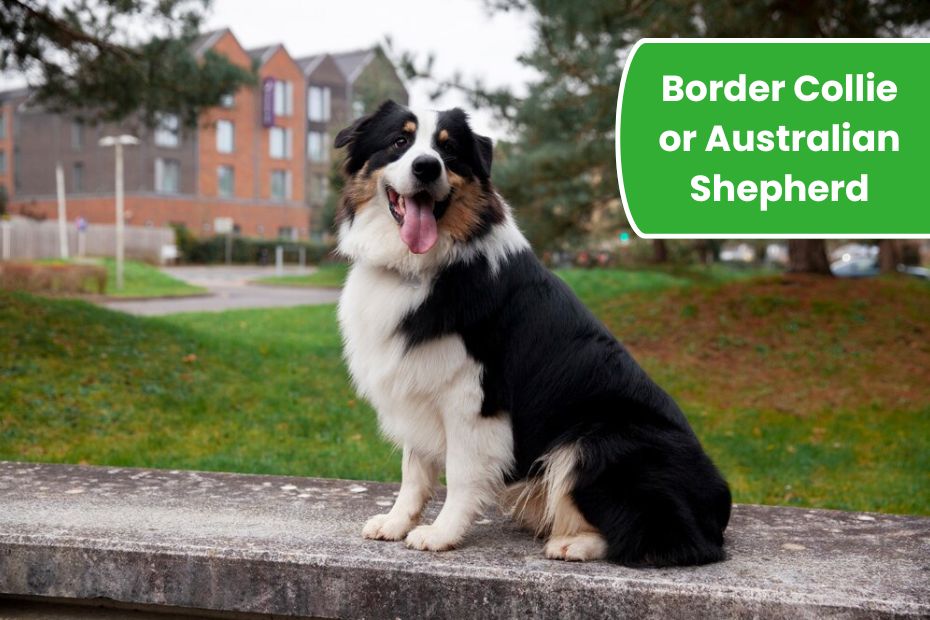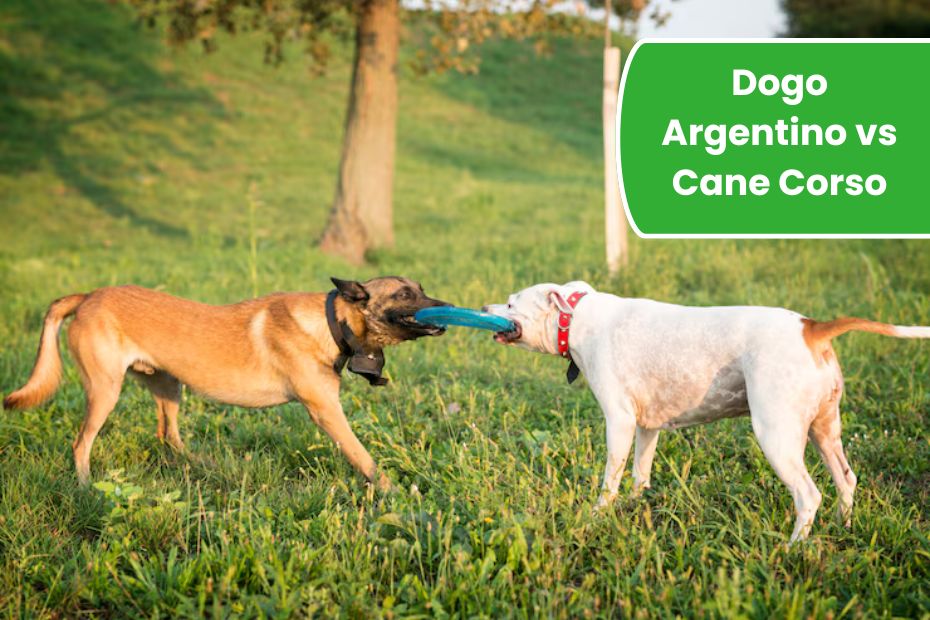Dogs are more than just pets—they’re family members who communicate their feelings in many ways. Understanding how your dog shows happiness and recognizing when they need extra attention is crucial for their well-being. This article explores 13 beautiful ways dogs express pure joy and 7 key signs they might need extra love, helping you build a stronger, more empathetic bond with your best friend.
13 Beautiful Ways Your Dog Shows Pure Happiness
1. Tail Wagging with Full Body Movement
A wagging tail is the classic sign of a happy dog, but when combined with relaxed body movements and a loose, wiggly stance, it shows pure joy. The whole body wag means they are genuinely happy to see you.
2. Playful Bow
When your dog lowers their front legs and keeps their rear up in the air, it’s called a play bow. This is an invitation to play and a clear sign of happiness and excitement.
3. Soft, Relaxed Eyes
Happy dogs often have soft, almond-shaped eyes that appear relaxed. They may blink slowly or gaze lovingly at their owner, showing trust and contentment.
4. Smiling Face
Believe it or not, dogs can smile! A relaxed mouth that is slightly open with a “smiling” expression signals that your dog is happy and comfortable.
5. Excited Barking and Whining
Soft, playful barks or happy whines when greeting you or anticipating fun activities indicate joy. These sounds differ from alarmed or distressed barks.
6. Jumping Up Gently
Jumping up can be a sign of excitement and happiness—especially when your dog does it gently and with a wagging tail. It’s their way of showing eagerness and affection.
7. Rolling on Their Back
When a dog rolls onto their back exposing their belly, it’s a sign of trust and happiness. This vulnerable position means they feel safe and content around you.
8. Nudging and Nuzzling
Dogs often nudge or nuzzle their owners to show love and happiness. It’s a gentle way of seeking attention or affection.
9. Relaxed Body Posture
A happy dog’s body is loose and relaxed. Stiffness or tension is usually absent when your dog feels joyful and secure.
10. Following You Around
If your dog happily follows you from room to room, it’s a sign they enjoy your company and feel secure with you.
11. Happy Sniffing and Exploring
Dogs that are curious and eagerly sniff their surroundings display happiness and comfort in their environment.
12. Resting Close to You
Choosing to rest or sleep close to you shows a deep bond and contentment, a clear sign your dog feels safe and loved.
13. Bringing You Toys
When your dog brings you toys, it’s their way of sharing happiness and inviting interaction, showing their playful and affectionate nature.
7 Signs Your Dog Needs Extra Love and Attention
1. Excessive Whining or Barking
If your dog is whining or barking more than usual, it could be a sign of distress, discomfort, or loneliness.
2. Avoiding Eye Contact
A dog that avoids eye contact may be anxious, scared, or feeling unwell.
3. Hiding or Withdrawal
When your dog starts hiding, avoiding interaction, or withdrawing from activities they usually enjoy, it’s a red flag.
4. Excessive Licking or Chewing
Obsessive licking or chewing on themselves or objects may indicate stress or pain.
5. Loss of Appetite
A sudden change in eating habits or refusal to eat can signal illness or emotional distress.
6. Changes in Sleeping Patterns
If your dog is sleeping significantly more or less than usual, it might need extra care.
7. Aggression or Growling
Uncharacteristic growling or aggression can be a sign of pain, fear, or anxiety, requiring immediate attention.
Table: Quick Reference of Dog Happiness vs. Distress Signs
| Signs of Happiness | Signs They Need Extra Love |
|---|---|
| Tail wagging with full body wag | Excessive whining or barking |
| Playful bow | Avoiding eye contact |
| Soft, relaxed eyes | Hiding or withdrawal |
| Smiling face | Excessive licking or chewing |
| Nudging and nuzzling | Loss of appetite |
| Following you around | Changes in sleeping patterns |
| Bringing you toys | Aggression or growling |
How to Respond to Your Dog’s Signals
Being attentive to these signals helps you meet your dog’s emotional and physical needs. Celebrate and encourage their happy behaviors with praise, playtime, and affection. When you notice signs of distress, consult your vet or a professional trainer to address the root causes early.
FAQs
1. How can I tell if my dog is truly happy?
Look for relaxed body language, wagging tails with whole-body movement, playful behavior, and soft eyes. These signs indicate genuine happiness.
2. Why does my dog sometimes avoid eye contact?
Avoiding eye contact can be a sign of anxiety, fear, or discomfort. It’s important to observe other behaviors and consult a vet if it persists.
3. What should I do if my dog is showing signs of distress?
First, ensure they have a safe environment and try to identify stressors. If signs persist, consult your veterinarian or a professional animal behaviorist.
4. Can dogs really smile?
Yes! Dogs can display a relaxed, open-mouth expression that resembles a smile, which generally indicates they feel happy and secure.
5. How can I increase my dog’s happiness?
Provide regular exercise, mental stimulation, social interaction, a balanced diet, and lots of love and attention to keep your dog happy and healthy.


